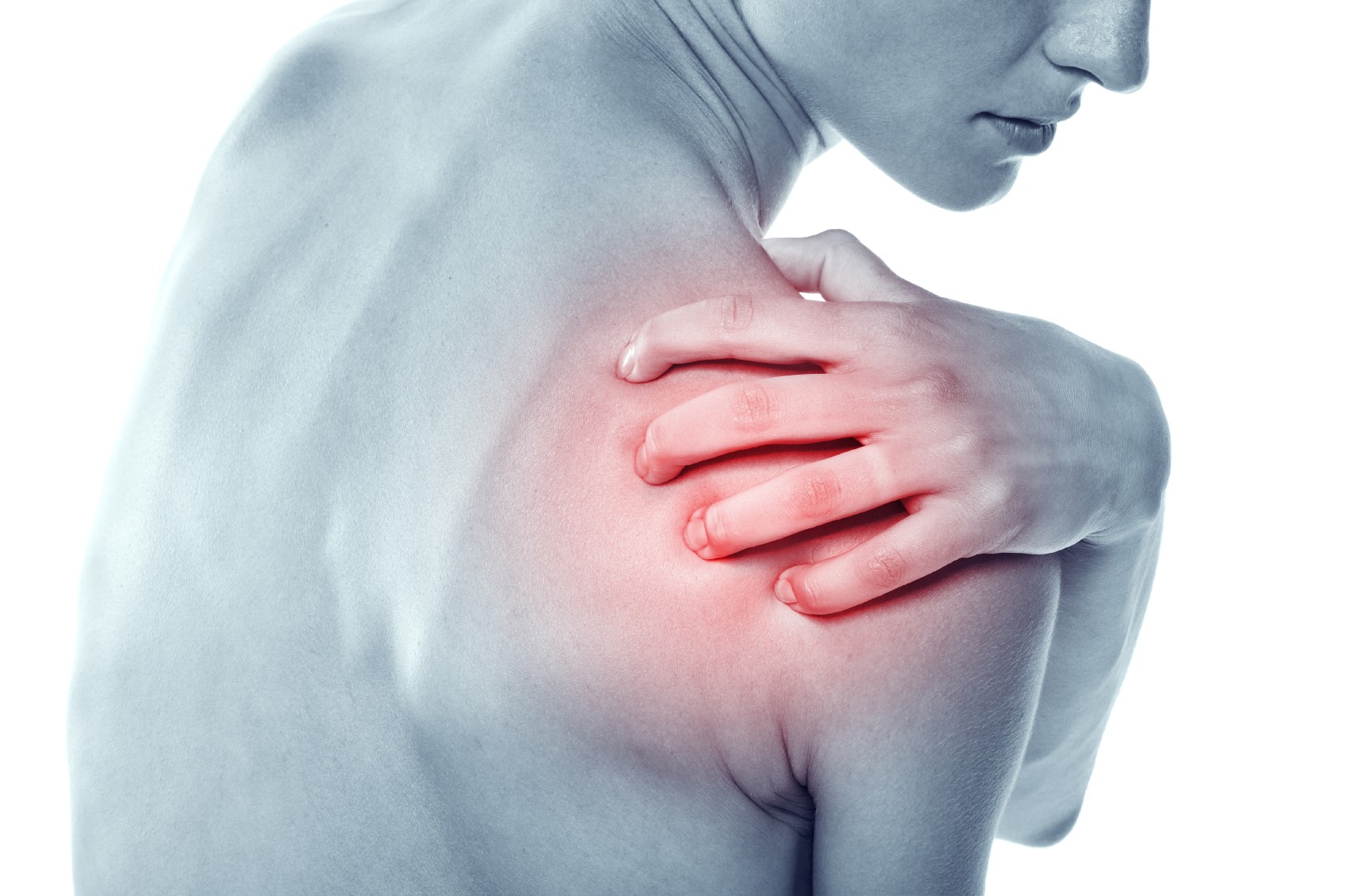
What is involved in rotator cuff injury?
Injury of the rotator cuff tendons of the shoulder can occur either due to traumatic causes (but this is rare), or due to a sub-acromial conflict syndrome: the tendons of the rotator cuff muscles that insert on the head of the humerus – occupying the virtual space between the head of the humerus and the acromion – undergo an inflammatory and degenerative process that results in an injury
Injury of the rotator cuff tendons of the shoulder, symptoms
The symptoms are painful and, above all, functional: the injury of one or more of these tendons results in the inability to perform certain shoulder movements.
This pathology is therefore seriously disabling, at any age.
Therapy in case of rotator cuff tendon injury of the shoulder
The treatment of this pathology can be performed either by traditional surgical techniques or arthroscopically (i.e. with the aid of fibre optics).
Arthroscopy has the advantage of being less invasive, as the entire operation is performed through three very small incisions of approximately 4-5 mm.
The operation consists of suturing or reinserting the tendons on the head of the humerus.
During the operation, the acromion is also reshaped with special drills and the coracoacromial ligament is sectioned with reduction of the conflict, the initial cause of the pathology.
The patient must then be immobilised for about 4 weeks with a special brace, thus avoiding traction movements on the sutured tendons.
Return to normal daily activity can occur in approximately 45-60 days after surgery; return to sporting activity in 90-120 days.
Read Also:
Emergency Live Even More…Live: Download The New Free App Of Your Newspaper For IOS And Android
Dislocation Of The Shoulder: How To Reduce It? An Overview Of The Main Techniques
Shoulder Tendonitis: Symptoms And Diagnosis
Frozen Shoulder Syndrome: What It Is And How To Treat It
Vertebral Fracture: Causes, Classification, Risks, Treatment, Paralysis
Multiple Rib Fracture, Flail Chest (Rib Volet) And Pneumothorax: An Overview
Difference Between Compound, Dislocated, Exposed And Pathological Fracture
Penetrating And Non-Penetrating Cardiac Trauma: An Overview
Facial Trauma With Skull Fractures: Difference Between LeFort Fracture I, II And III
Broken Rib (Rib Fracture): Symptoms, Causes, Diagnosis And Treatment
Tibial Plateau Fracture: What It Is And How To Treat It
Treatment Of Bone Fractures: Some Information For Citizens
Fracture Of The Shoulder And Proximal Humerus: Symptoms And Treatment


